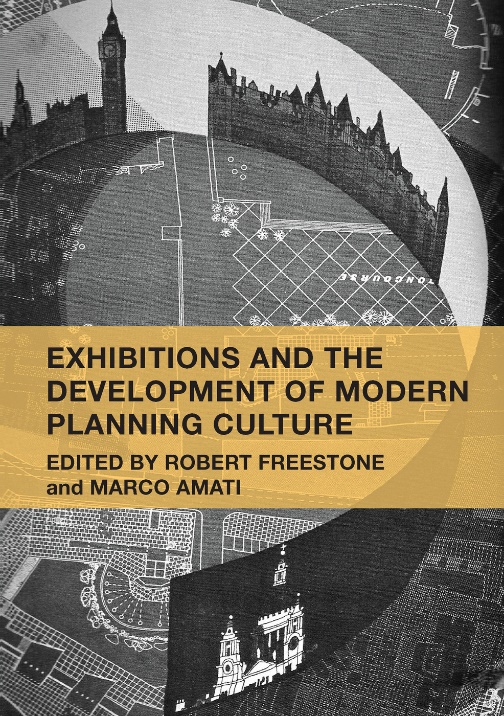International Exhibitions and Urban Design Paradigms
Javier Monclús

Abstract
International Exhibitions (otherwise known as World’s Fairs or Expos) can be seen as laboratories, showcases and ‘front runners’ of different kinds of urbanism, as well as catalysts of urban change. In contrast to the wide literature on their architecture or their impact on urban development, much less attention has been paid to their relationship with models and paradigms of urban design. From Sigfried Giedion to Leonardo Benevolo, modern historiography has seen international exhibitions as manifestations of the most advanced architecture. The aim of the chapter is twofold: first, recording shifts in paradigms of urban design through the lens of the exhibitions by focusing on expo site layouts and other characteristics of their urban design; and second, to contribute to the debate on urban design theories and techniques in the last 100 years by analyzing expo urbanism.
Monclús, J. “International Exhibitions and Urban Design Paradigms.” In Exhibitions and the Development of Modern Planning Culture, edited by R. Freestone and M. Amati. Farnham: Ashgate, 2014.


